05 September 2019
Enjoyed a quiet night and hot showers at Versailles State Park. Since we arrived after the office was closed yesterday, we stopped in and paid $24.61 for the overnight stay before leaving at 1008.
Three-quarters of an hour down the road we found ourselves in Madison Indiana. Beth had read that this is one of the prettiest small towns in America according to Reader’s Digest “Off the Beaten Path: A Travel Guide to More Than 1000 Scenic and Interesting Places Still Uncrowded and Inviting.” Even though it was published ten years ago, it is one of the few physical books we carry with us in the van.
Following signs to the Visitor’s Center on 601 West First Street we found plentiful on-street parking. Inside, we received an introduction to the area. The ride from Versailles had been scenic with very little development. We didn’t suspect that the undisturbed woodlands were due to munitions testing!
In addition to learning about unexploded ordinance, posters showed that several films have been made here. In 1958, the star studded Some Came Running was the first of many films teaming Frank Sinatra and Dean Martin. 2000 brought the story of hydroplane racing in the simply named Madison, directed by William Bindley.
Armed with a free map on a sunny 73° day, we set out to walk some of the 130 block historic district containing “hundreds of structures of every type, size, and period from 1812-1910.”
Another resource for visitors is the National Park Service website Shared Heritage Travel Itinerary for Madison.
The impressive Broadway Fountain is a 1981 reproduction of the original fountain made for the 1876 Philadelphia Centennial Exposition that moved to the city of Madison in 1884. It is similar to and made by the same company that made the fountain in Savannah used in the films Forest Gump and Midnight in the Garden of Good and Evil.
Commercial storefronts are brick and limestone that look much like they might have when new, over one hundred years ago.
The Queen Anne style Donlan House was built for a local banker in 1895.
Originally built as a street car house in 1875, the Fair Play Fire Company No. 1 building houses the oldest volunteer fire company in Indiana. Scroll back to the top of this page for a full view of the three story tower.
Doctors have been working out of this classic brick building through much of Madison’s history.
Madison is the county seat signified by a gold dome visible through most of the historic district.
Walking downhill here found us at the Ohio river.
We have a great deal of respect for the captains and crews that maneuver barges through America’s inland waterways.
Coal is headed downstream under the bridge connecting Indiana to Kentucky. The Clifty Creek power plant, just west of downtown is a destination for coal barges.
Coal once powered steam engines pulling passengers and freight past this old train station. In railroad circles, Madison is known for the steepest grade on a standard gauge railroad in the country. Built in 1836, the track here rises 413 feet in just over 7,000 feet for a grade of 5.89%.
These and other obscure facts about local railroads can be found inside the former passenger waiting room.
Here’s a tool we hadn’t seen before.
My high school physics teacher would have loved having one of these in his classroom. What surprised us is that these are still in use today. What could possibly go wrong?
Finding ourselves back at the van (the railroad station is the visitor’s center), and having walked 2.3 interesting miles, we decided it was time to move on.
We do hope to return and explore more of the area. Clifty Falls State Park has waterfalls, trails, and a bat filled railroad tunnel, so might be an interesting local place to stay.
We find it hard to resist stopping to see state capitols, so at 1529 we stretched our legs in Frankfort, Kentucky.
Now preserved as a museum, the Old State Capitol served the Commonwealth of Kentucky from 1830 to 1910.
Walking to the visitor center at 300 Saint Clair Street, yielded a complementary historic walking guide to the city.
Brick streets lend charm to the city’s old commercial district.
We need to keep better notes, since we can’t remember the name of this historic home, though it was open to the public.
The Garrard/Crittenden House is an example of brick and log construction from 1795. Timber construction was filled in by brick and mortar, and then covered by clapboard siding.
We left with the moon rising over the pretty city of Frankfort at 1635.
Thirty-five minutes later we opened up the windows under the shade of a tree at the Kentucky Horse Park Campground. A site without services in a large field was $57.24 for 2 nights including a $6 Reserve America fee.
Today’s drive from Indiana into Kentucky.


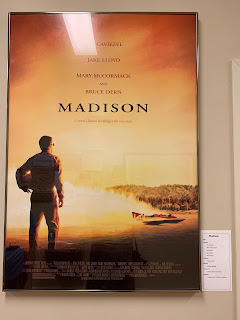
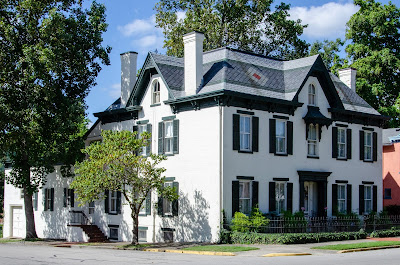
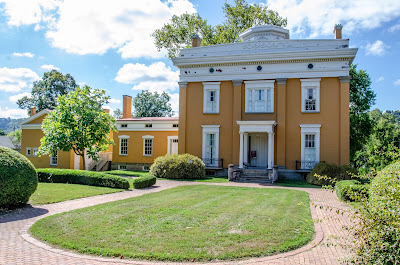
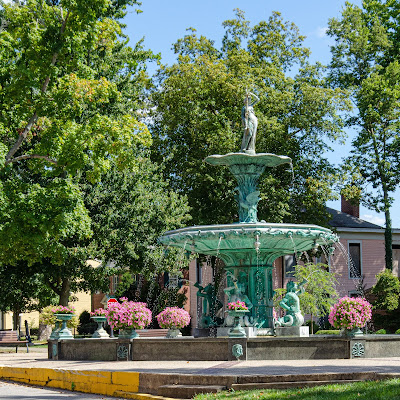
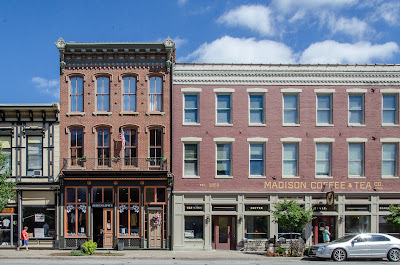
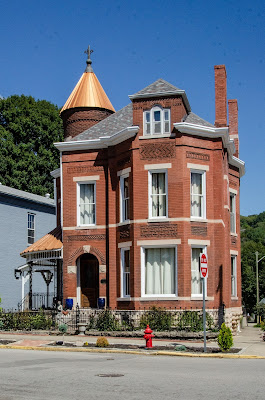

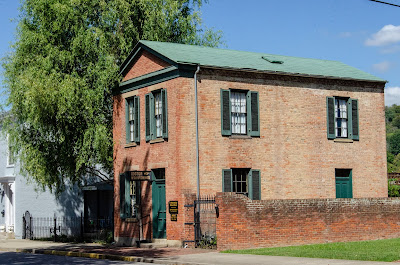
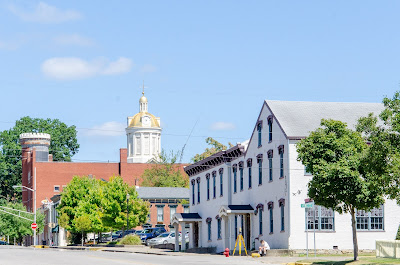
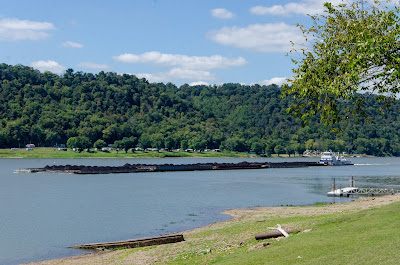
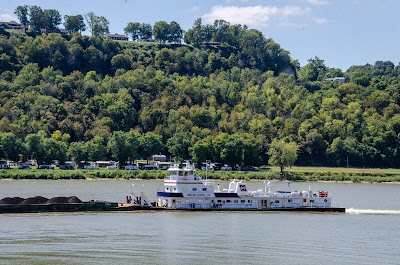
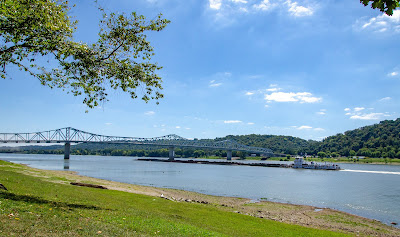
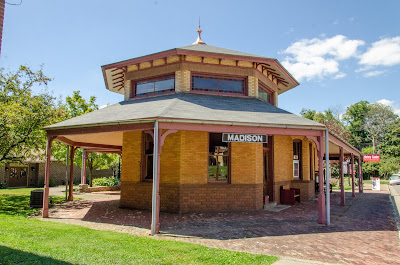
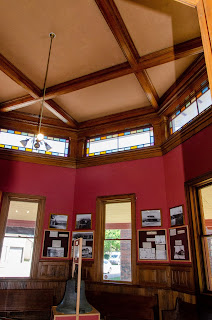
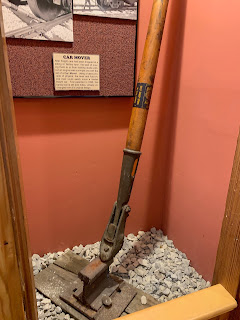
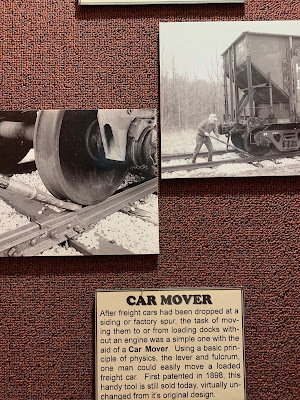
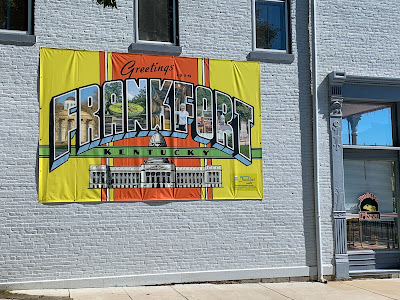



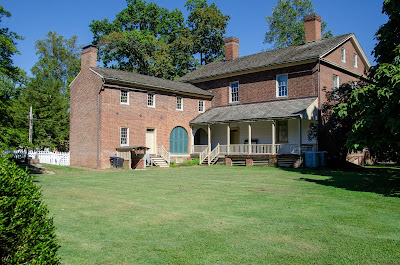

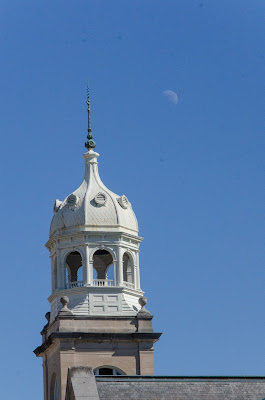
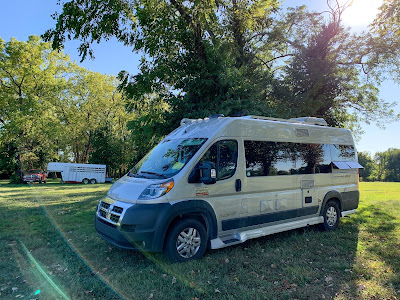
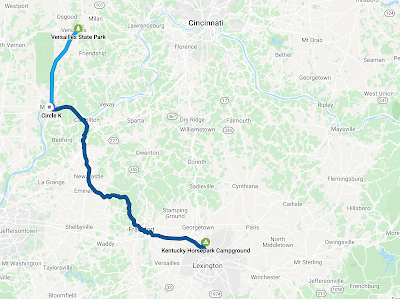
Leave a Reply